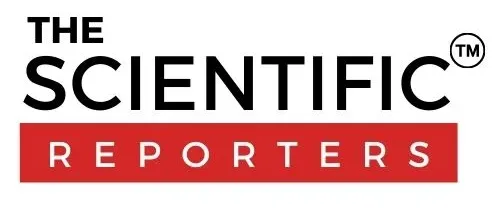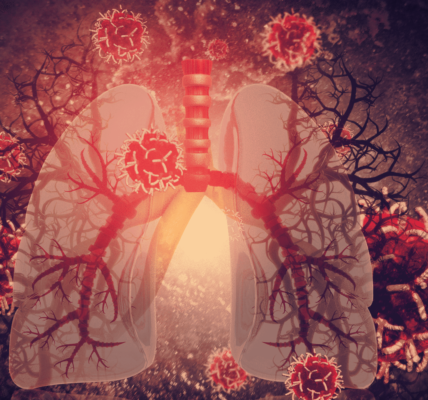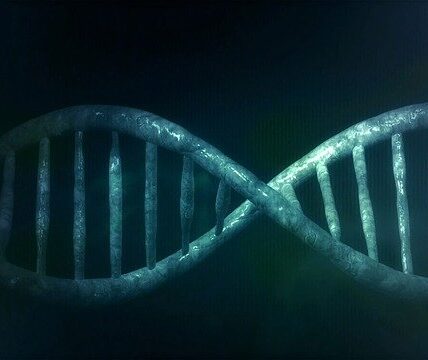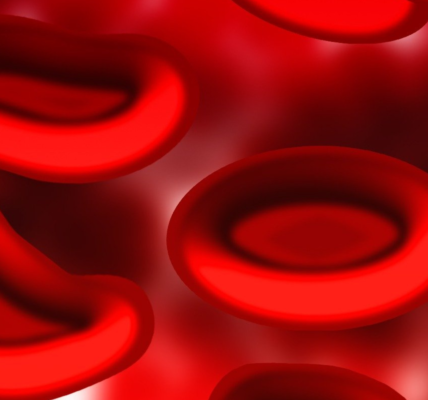Researchers from Sandia National Laboratories and Texas A&M University have unveiled a groundbreaking discovery that challenges conventional materials theory. The study, published in the journal Nature, reveals that metals possess an intrinsic ability to self-heal at the nanoscale level, effectively repairing microscopic cracks formed by fatigue damage.
Fatigue damage is a common cause of machine failure, occurring when repeated stress or motion leads to the formation of tiny cracks. As these cracks grow and spread, the affected device eventually breaks, resulting in costly replacements, lost time, and, in some cases, injuries or loss of life. For the United States alone, the economic impact of such failures amounts to hundreds of billions of dollars annually.
Until now, scientists had mainly focused on creating self-healing materials in the form of plastics, while self-healing metals were largely considered a science fiction concept. The generally accepted assumption was that cracks in metals only worsen over time and cannot repair themselves. Even established equations describing crack growth seemed to preclude the possibility of such self-healing processes.
However, in 2013, Michael Demkowicz, then an assistant professor at MIT’s department of materials science and engineering, challenged this belief with a groundbreaking theory. His new hypothesis, based on computer simulations, suggested that certain conditions could allow metals to weld shut the cracks caused by wear and tear.
The validation of Demkowicz’s theory occurred unintentionally at the Center for Integrated Nanotechnologies, a Department of Energy user facility jointly operated by Sandia and Los Alamos national laboratories. During an experiment led by Khalid Hattar, now an associate professor at the University of Tennessee, and Chris Barr, who works for the Department of Energy’s Office of Nuclear Energy, the researchers were using an electron microscope technique to assess crack formation and propagation in a nanoscale piece of platinum. Surprisingly, about 40 minutes into the experiment, the damage reversed its course. One end of the crack fused back together, erasing any trace of the former injury, and the crack later regrew along a different direction.
The research team was amazed by the unexpected insight, and Brad Boyce, a Sandia materials scientist, confirmed that this was indeed the phenomenon predicted by Demkowicz’s theory. Demkowicz recreated the experiment using computer modeling, further substantiating the self-healing capabilities of metals.
While this discovery marks a significant leap forward in materials science, many aspects of the self-healing process remain unknown. Researchers are uncertain whether this phenomenon is generalizable to conventional metals in different environments, beyond the nanocrystalline metals tested in a vacuum. The extent to which these findings can be practically applied in a manufacturing setting also requires extensive research.
The research received support from the Department of Energy’s Office of Science, Basic Energy Sciences; the National Nuclear Security Administration; and the National Science Foundation.
In conclusion, this groundbreaking study on self-healing metals challenges long-held assumptions and opens up new possibilities in materials science. As researchers delve deeper into this phenomenon, they hope to uncover further applications that could revolutionize various industries, from electronics and automotive to infrastructure and beyond.
Sandia National Laboratories, operated by National Technology and Engineering Solutions of Sandia LLC, a wholly owned subsidiary of Honeywell International Inc., plays a critical role in nuclear deterrence, global security, defense, energy technologies, and economic competitiveness, with major research facilities in Albuquerque, New Mexico, and Livermore, California.






















